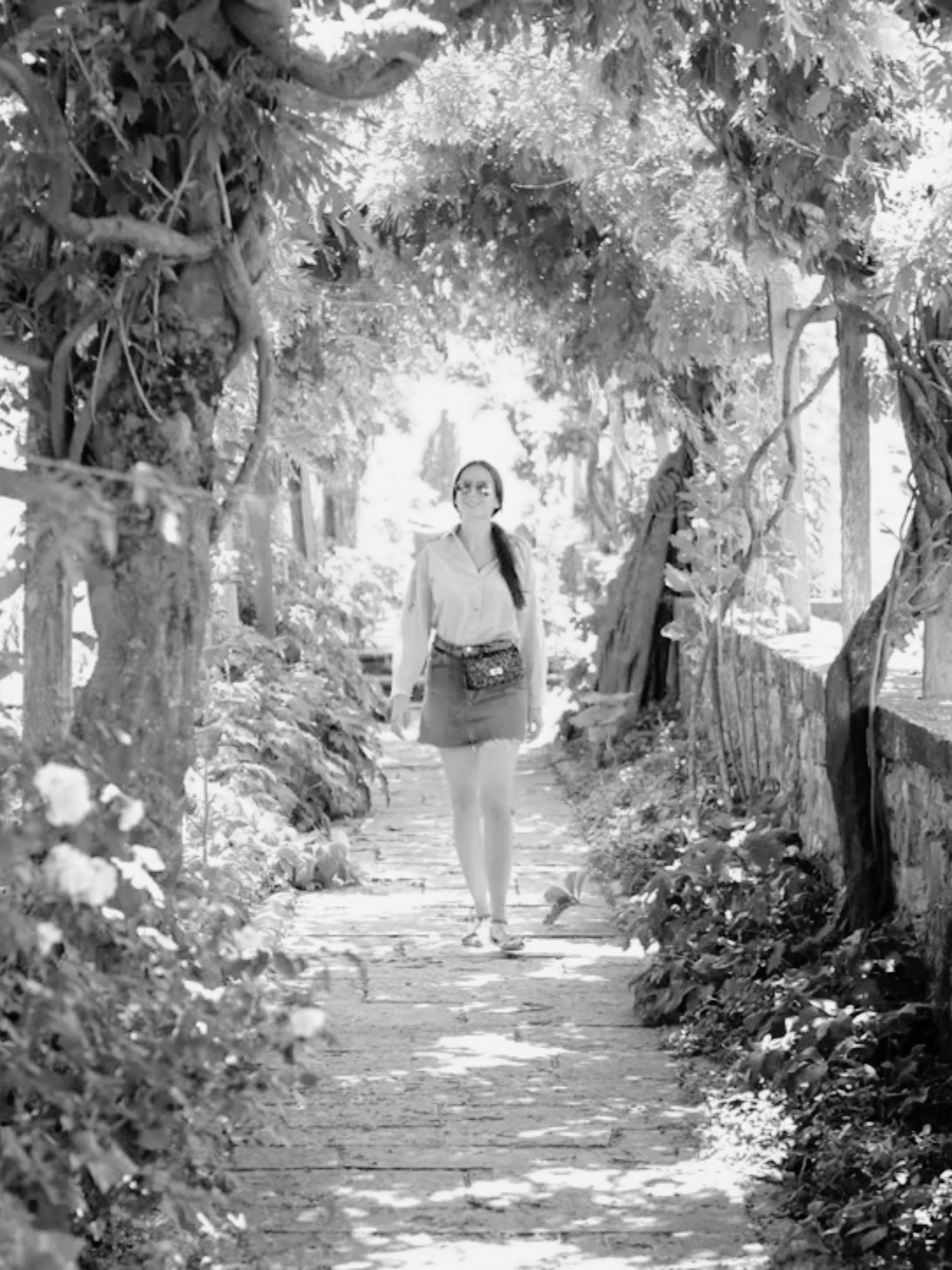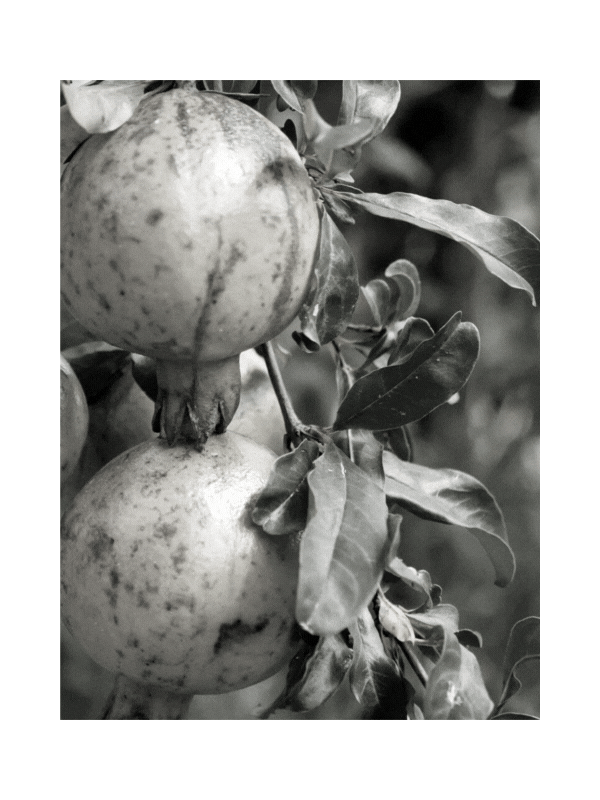
WE’RE TAKING ONLINE A VENETIAN HOSTARIA OF THE 1950s. AND ITS GARDEN AND A VERY DIFFERENT WAY OF GETTING TO KNOW THE LAGOON OF VENICE.
La Spezeria was the first “hostaria”(restaurant) to open in Venice after World War II, on April 28, 1945. Wild orchids grew in its courtyard garden, and in small terracotta pots on the bar table. These tiny orchids, originally picked from the Lagoon, managed to survive and thrive, taken care of by grandfather, an excellent gardener.
La Hostaria and its lost garden of orchids: Just one of the many tales of old Venice you’ll discover: Experience different times and meals. Join a green and very delicious journey savoring Venetian hospitality of the 1960s. A Venice we must re-build.
Dear readers, this is the story of the first restaurant opened in Venice after the end of World War 2. And of the oldest garden in town next door!
It all began on 28 April 1945, when grandfather opened a tiny hostaria located under a red-painted sotoportego, just a five-minute stroll from Piazza San Marco. The term hostaria, derived from Latin means osteria, a rustic restaurant. It’s the Venetian essence of a family eatery, serving comforting meals crafted from cherished family recipes from the neighborhood.
This hostaria was a dream come true, as grandmother envisioned a communal space in Venice, where locals could meet after the turmoil of the war years.
Amidst debates about the future of Venice - a topic resonant in our times - she skillfully prepared simple yet nourishing dishes, using fresh vegetables, handcrafted pasta, seasonal fruit and fish, but in particular, seasonal herbs from the Lagoon.
Her meals were often enhanced by neighbors who would bring foraged ingredients such as wild mushrooms and fragrant herbs from the Dolomites, or sweet anguria (watermelon) from the bountiful fields south of Chioggia. And, not to be forgotten, her beloved bigoli pasta dishes made a regular appearance..
That red-painted sotoportego still stands tall, a tangible link to the past, just like the hostaria maintaining its original name that evokes memories of grandfather, its founder.
Today’s Special
Here’s how your journey starts (1): Visit the hostaria and garden
During the lively decades of the 1950s and 1960s, grandmother's kitchen flourished with the addition of recipes and herbs from the nuns living next door, in the historical guesthouse of the San Zaccaria monastery. Commencing with humble herb-infused dishes, she gradually infused her menu with more unusual and intricate spice blends from the monastery's recipe books.
In 1968, our grandparents embarked on a new chapter as the nuns had decided to leave their guesthouse in the aftermath of the ruinous 1966 flood that had ravaged their terraced garden: Entrusted by the nuns to restore their garden, grandmother opened a tiny “Casa” (guest house pensione), moved their hostaria into the courtyard garden and onto the terraces, next to the historical speziaria (spice vault) where she started experimenting with historical recipes from the monastery’s library.
While grandmother's never wrote down these recipes, I started collecting them in the early 2000s. Together, we delved into the monastery's archives, and what we found sounded like forgotten fairy tales of a Venice we never thought existed: Tales of vineyards, fishing grounds, salt pans, botanical and spice gardens once tended by the monastery's nuns and merchant families in Venice.
The restaurant has changed. The garden is changing (as all gardens do). After another flood in 2019, and the pandemic, a mindshift has taken place in Venice. Our website “ A Garden in Venice” will reflect these changes, and how a new generation of hosts is learning from Venetian heritage, lifestyle, gardens and recipes from the Lagoon. Would you like to join us in this voyage - digitally and on site in Venice?






Inspired by a secret garden: Why do we think that Venetian cuisine is helpful in our times?
Se la storia della città è ben documentata, il suo patrimonio culinario è meno conosciuto. Il nuovo progetto di La Venessiana, “Roses and Spices: The Fragrant World of Venice”, condivide le ricette storiche per cibo, rimedi naturali e profumeria della Repubblica di Venezia, distillate da libri dimenticati presso l'Archivio di Stato e altre biblioteche pubbliche e private.
In Venice, you can discover and appreciate the old buildings and sounds around every corner. You learn how to live like the ancients but still benefit from modern advantages, like feeling safe. I've always thought of the Lagoon as a dreamy, separate world with ancient knowledge and its own unique time and seasons.
DISCOVER VENETIAN FOOD FROM 1960s
LA HOSTARIA







